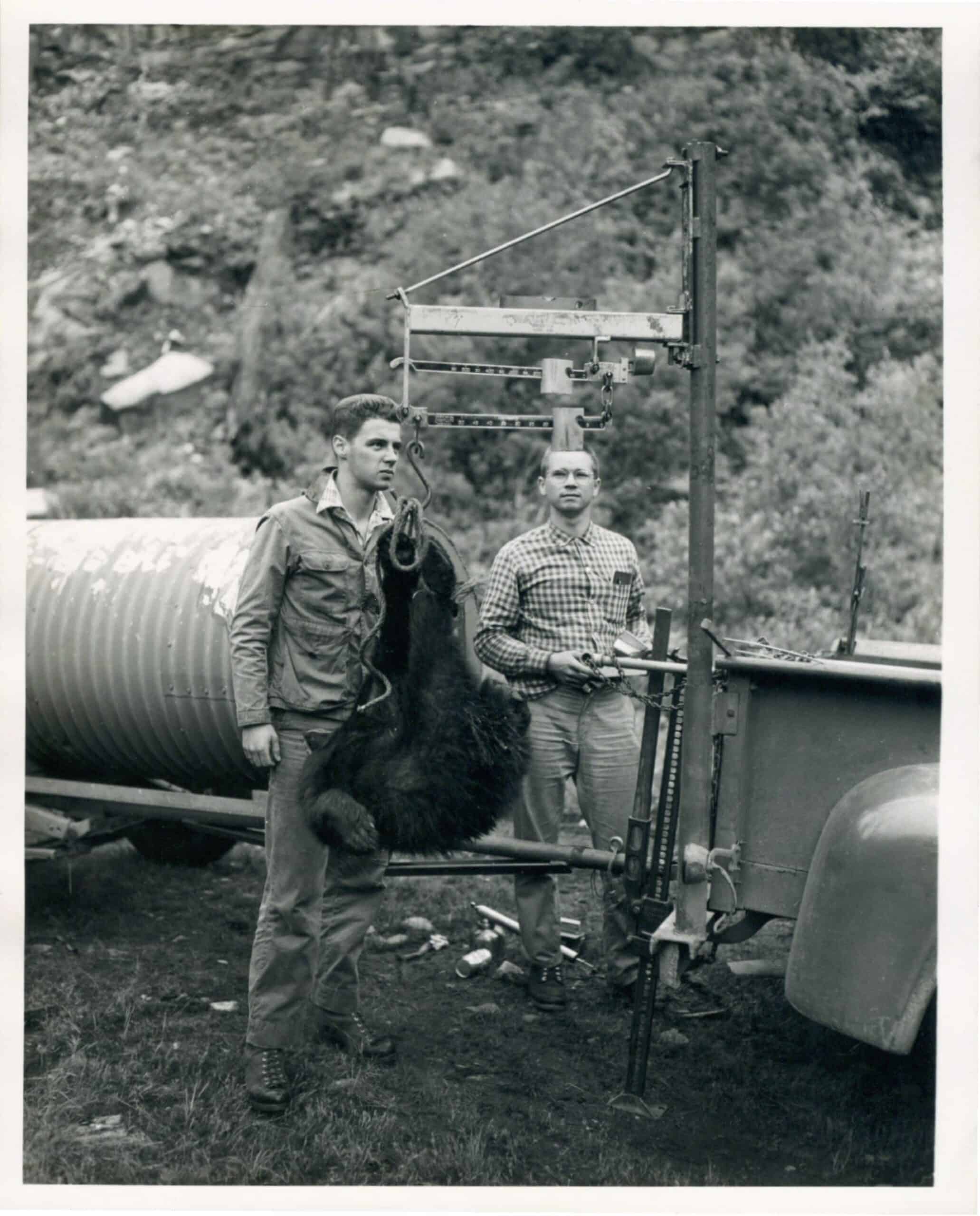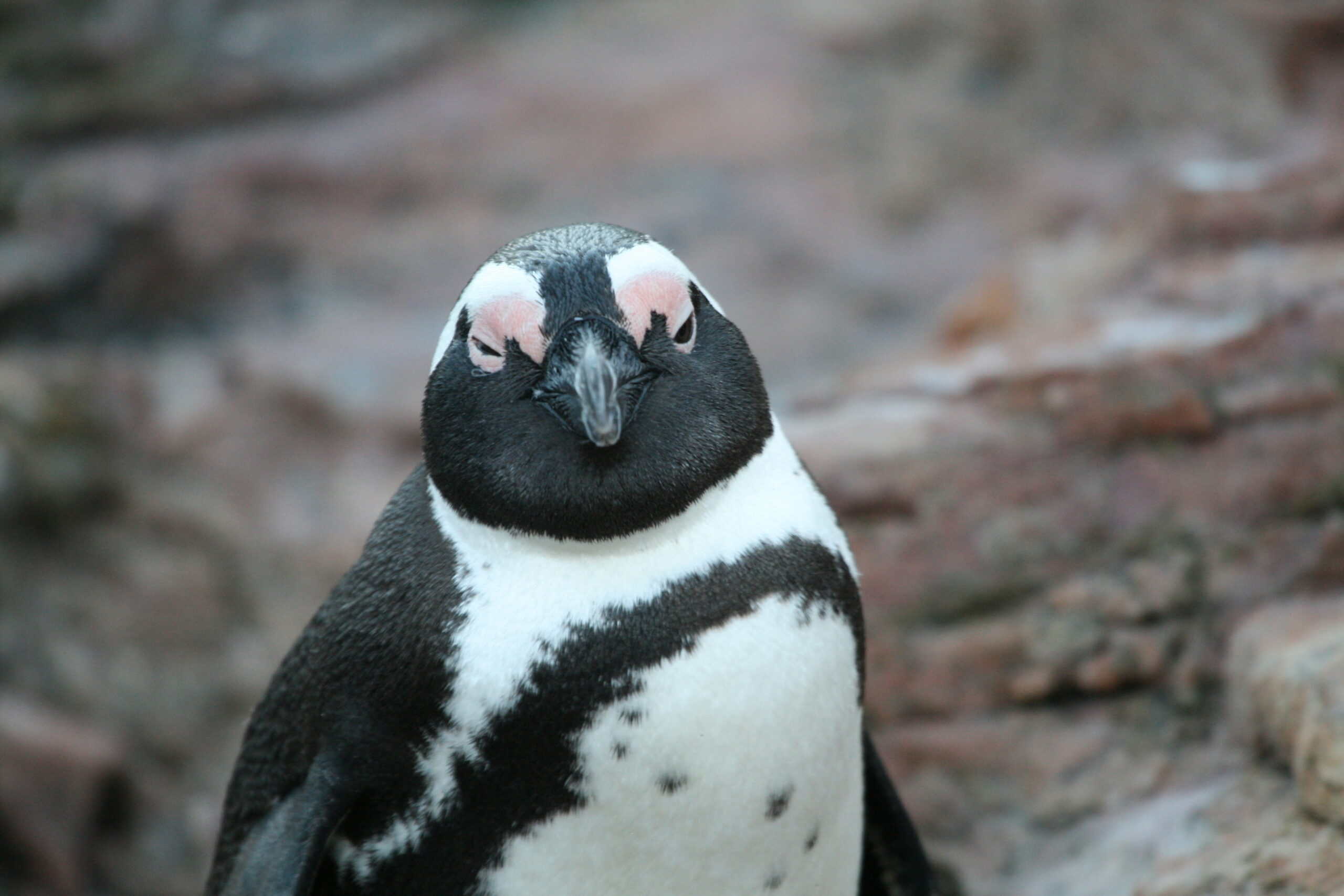Share this article
UV light might fight white-nose syndrome
The fungus that causes deadly white-nose syndrome in bats can’t repair damage from ultraviolet light, prompting researchers to consider using it as a tool to fight the fungus.
“Generally, the best way to look at it is potentially another tool that could be used in the future to help bats with white nose syndrome,” said Jonathan Palmer, a research botanist at the U.S. Forest Service’s Northern Research Station and lead author of the study published in Nature Communications.
The team first looked at what makes the fungus, Pseudogymnoascus destructans, a pathogen, since not all fungi are. When they compared the genomics of the fungus to six other nonpathogenic fungi, they found many differences, but one in particular turned out to be a possible Achilles’ heel. The fungus was missing an enzyme involved in repairing DNA damage — specifically, damage caused by UV light.
“This wasn’t something we were looking for,” Palmer said.
Palmer and his colleagues found UV light caused DNA mutations in all of the seven fungi they tested. The other fungi were able to repair the damaged DNA. The white-nose fungus couldn’t.
“To survive damage from exposure to UV light, the fungi need to fix mutations in the DNA in order to grow,” Palmer said.
Palmer’s team now plans to look at how UV light can be used to treat bats with white-nose syndrome. It will be a challenge, he said, since some of the hibernacula make up miles and miles of tunnel. Biologists could treat high-value bats while they are hibernating, Palmer said. The team has also considered placing light systems at the entrances of hibernacula to treat bats as they enter and exit.
“We want to make sure it really does work,” Palmer said, “but delivery of UV light in hibernacula is something we need to think about a lot more.”
White-nose syndrome has killed at least 5.7 million to 6.7 million bats in North America, according to the U.S. Fish and Wildlife Service. Biologists expect the disease to continue to spread.
Header Image: A little brown bat is being checked for white-nose syndrome. Researchers found that UV light damages the fungus that causes the disease and could be a possible treatment option. Daniel Lindner/USDA Forest Service








